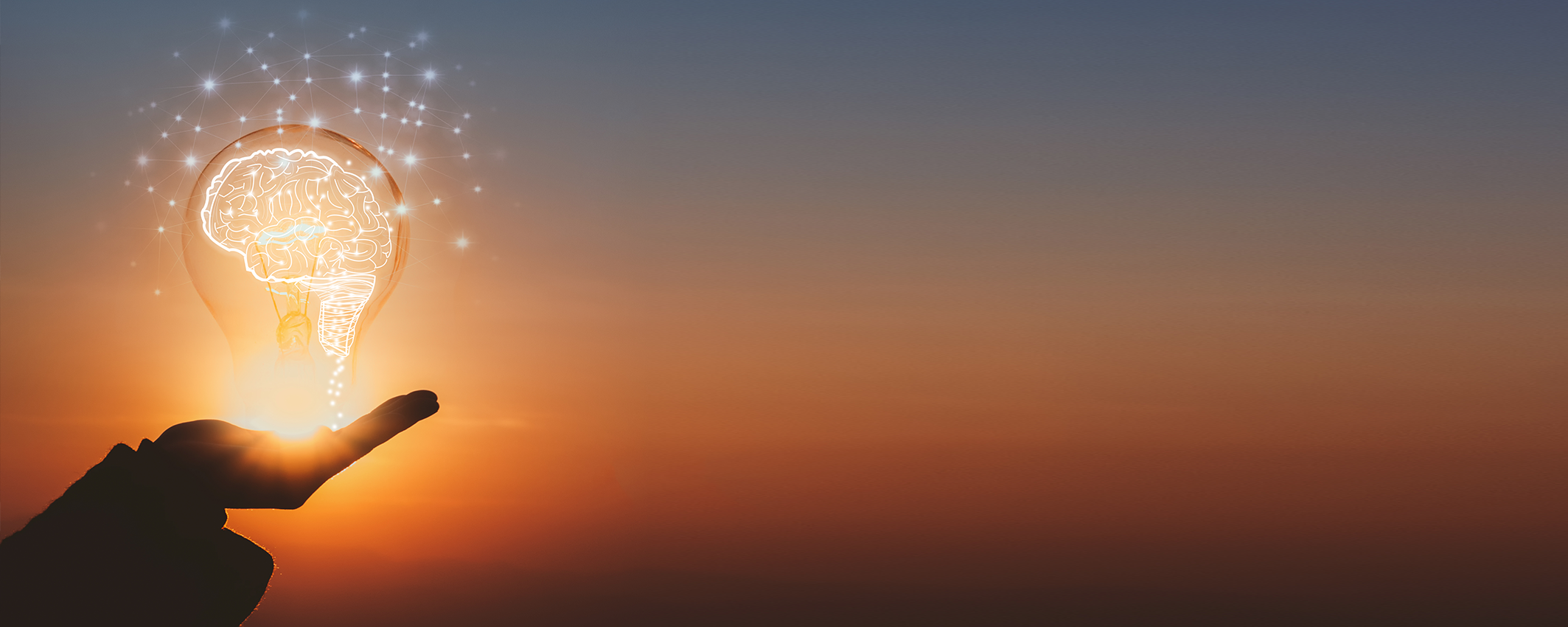 |
CCST9070 Scientific and Technological Literacy
|
Course Description
[This is a certified Communication-intensive (Ci) Course which meets all of the requirements endorsed by HKU’s Senate, including i) the teaching and assessment of oral, written and visual communication ‘literacies’; and ii) at least 40% of the course grade assigned to communication-rich assessment tasks.]
This course is unique as it is co-organized by three faculties: Engineering, Medicine, and Science. This interdisciplinary collaboration highlights the importance of “biomimicry” and nature-inspired technologies that go beyond traditional disciplinary boundaries. Students in this course benefit from a comprehensive and diverse range of knowledge, merging insights from engineering, medicine, and science. By exploring how nature inspires technological advancements, students gain interdisciplinary skills and a broader perspective. The course is structured around three themes: industrial technology, biomedical technology, and environmental technology. Throughout this course, students will learn to develop innovative ideas rooted in biomimicry to address real-world problems. Working in cross-faculty groups, students collaborate to design and build solutions that leverage the principles of biomimicry. This course equips students with the tools to contribute to sustainable and innovative technologies, preparing them for the challenges of the modern world.
[Students are welcome to attend a fieldtrip visit to one of the recommended sites.]

Course Learning Outcomes
On completing the course, students will be able to:
- Learn how to look at the nature with innovative mind-set to develop new ideas for human-wellbeing.
- Observe Hong Kong’s marine environments to discover “fouling” free organisms and to learn variety of natural antifouling mechanisms through real-world observations.
- Explain how nature inspires the development of new biomaterials for medical applications.
- Understand how natural biochemical processes assist the treatment of wastewater and solid waste.
- Identify natural resources and environmental processes in providing for our energy needs.
Offer Semester and Day of Teaching
First semester (Wed)
Study Load
| Activities | Number of hours |
| Lectures | 20 |
| Tutorials | 8 |
| Fieldwork / Visits | 16 |
| Reading / Self-study | 15 |
| Assessment: Essay writing | 26 |
| Assessment: Group project and presentation (incl preparation) | 36 |
| Total: | 121 |
Assessment: 100% coursework
| Assessment Tasks | Weighting |
| Group presentation | 30 |
| In-class participation and discussions | 30 |
| Reflective journal | 40 |
Required Reading
- Benyus, J. (1997). Biomimicry.
- Harman, J. (2013). The shark’s paintbrush.
- Hasan, J. H., Crawford, R. J., & Ivanova, E. P. (2013, May). Antibacterial surfaces: The quest for a new generation of biomaterials. Trends in Biotechnology, 31(5), 295-304.
- Tripathy, A., Sen, P., Su, Bo, & Briscoe, W. H. (2017, October). Natural and bioinspired nanostructured bactericidal surfaces. Advances in Colloid and Interface Science, 248, 85-104.
- Wong, T. S., Kang, S. H., Tang, S. K. Y., Smythe, E. J., Hatton, B. D., Grinthal, A., & Aizenberg, J. (2011, September 21). Bioinspired self-repairing slippery surfaces with pressure-stable omniphobicity. Nature, 477, 443-447.
Course Co-ordinator and Teacher(s)
| Course Co-ordinator | Contact |
| Professor K.W.K. Yeung Department of Orthopaedics and Traumatology, Li Ka Shing Faculty of Medicine |
Tel: 2255 4654 Email: wkkyeung@hku.hk |
| Teacher(s) | Contact |
| Professor K.W.K. Yeung Department of Orthopaedics and Traumatology, Li Ka Shing Faculty of Medicine |
Tel: 2255 4654 Email: wkkyeung@hku.hk |
| Dr. G.W.K. Ko Department of Orthopaedics and Traumatology, Li Ka Shing Faculty of Medicine |
Tel: 3917 0310 Email: gingerko@hku.hk |
| Professor K.M. Shih Department of Civil Engineering, Faculty of Engineering |
Tel: 2859 1973 Email: kshih@hku.hk |
| Professor T. Vengatesen School of Biological Sciences, Faculty of Science |
Tel: 2299 0601 Email: rajan@hku.hk |

